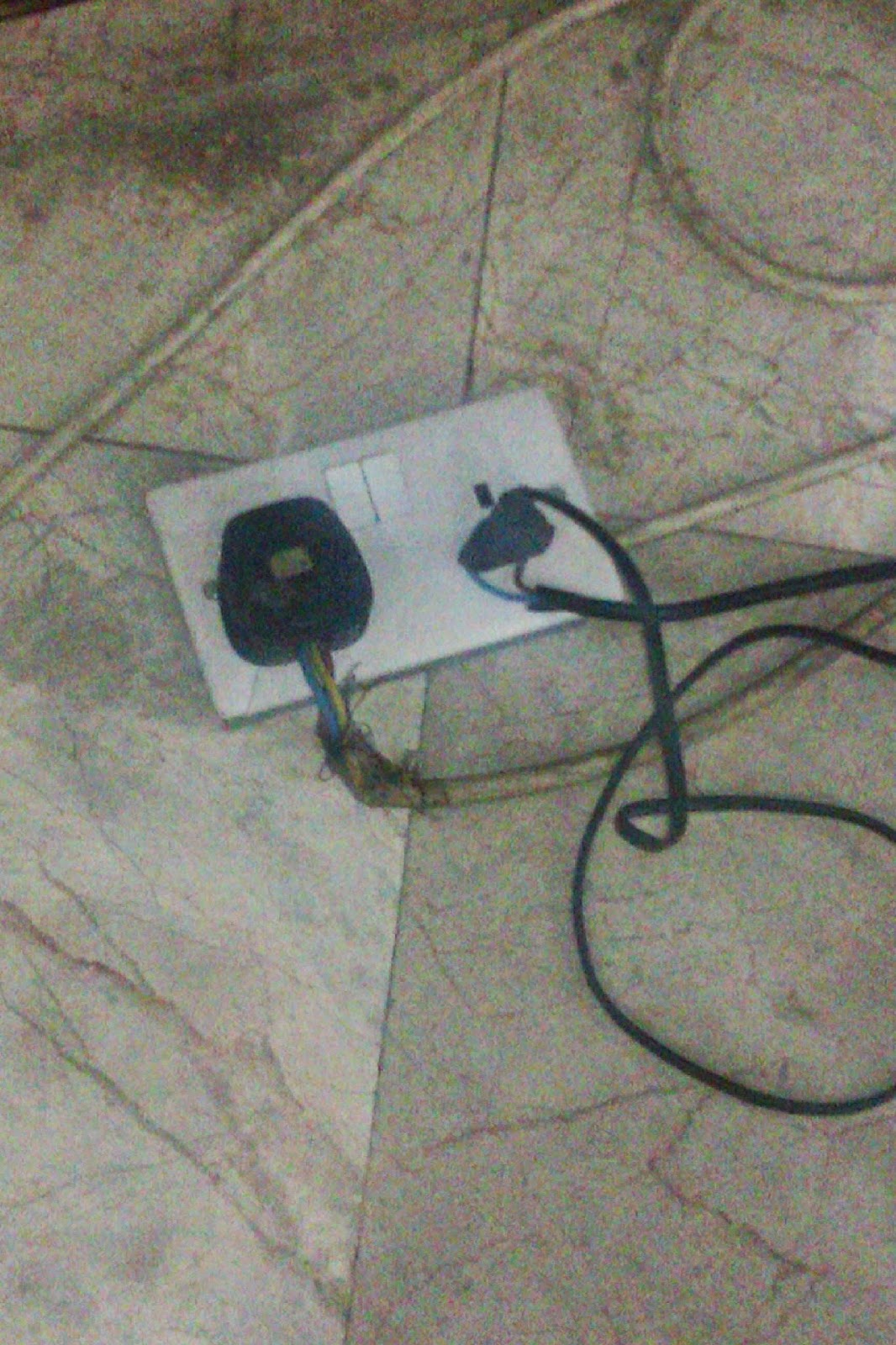
In Ghana we have failed in managing our environment and the result of failure is all around us, in our gutters and on our roads and very unfortunately in our market places.
The Netherlander Embassy in Ghana quoted the Ghana health service on the current spread of cholera in the country as referenced below.
With this in mined I took a walk down to my local market "Dome" where those in the immediate and surrounding catchment area regularly shop. Dome is only 20 minutes drive from the Capital Accra and serves middle class residential estates such as CFC, Parakuo and a few more. However on the ground, the state and condition in the market begs the question should all the food products not be considered contaminated, and a such quarantined and destroyed in our fight to reduce the spread of cholera.
There are authorities tasked to manage the affairs of our environment such as the EPA environmental protection agency. the health ministry and many more, in the market it self, they have the market queen, whose role it is to manage and maintain the market to a standard befitting of a place food items are sold.
As it is often said, a picture is worth a thousand words and on that basis I leave you the reader to make up your own mind on the effectiveness of the current conditions in Dome market in tackling the cholera epidemic.
Click the images to enlarge and scroll.
Click the images to enlarge and scroll.


















































